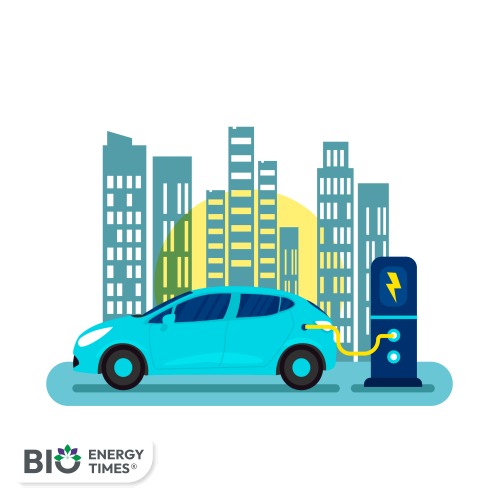NITI Aayog Member Rajiv Gauba has strongly advocated for accelerating India’s shift towards electric mobility, while also calling for greater focus on the domestic production of rare earth elements to tap into the country’s untapped resources in the sector.
Speaking at the launch of ‘Unlocking a $200 Billion Opportunity: Electric Vehicles in India | India Electric Mobility Index (IEMI) 2024,’ Gauba flagged the growing global concern over rare earth magnets as both a challenge and a window of opportunity. “Across the world, efforts are underway to find alternative sources and develop new technologies,” he said, adding that the Indian government has already initiated a critical mineral mission to address this strategic need.
He pointed out that India has substantial reserves of rare earth minerals, but stressed the urgent requirement to step up exploration, mining, and processing capabilities. Strengthening this domestic supply chain, he said, would play a crucial role in reducing India’s reliance on imports for key electric vehicle (EV) components.
While acknowledging that India still lags behind the US, China, and the European Union in EV adoption, Gauba outlined targeted measures to accelerate progress. One of his key proposals was to mobilise large institutional buyers. He suggested that organisations such as the Ministry of Defence, central armed police forces, and leading public sector enterprises should commit to purchasing only electric vehicles when replacing existing fleets.
“Government departments, PSUs, and other large organisations must lead by example,” Gauba emphasised, stating that their participation could significantly boost market demand and confidence in the sector.
Addressing the hurdles to EV adoption, Gauba highlighted persistent challenges such as limited battery range, inadequate charging infrastructure, and the absence of a unified app to locate and book charging stations—factors that currently hinder user experience. Cost, he noted, is another key barrier, citing the high fixed charges levied by electricity distribution companies, which make EV charging unaffordable for many users.
He called for region- and city-specific strategies to address the diverse needs of India’s vast transportation landscape. Drawing attention to the environmental impact of commercial transport, Gauba pointed out that while trucks and buses account for only 4% of the vehicle population, they contribute nearly 50% of emissions in the transport sector. “This segment needs focused intervention,” he said, arguing that electrifying commercial fleets could deliver outsized environmental benefits.
Beyond the environmental impact, Gauba described electric mobility as a major economic opportunity for India. He noted that a successful transition could help cut dependence on imported fossil fuels, reduce transportation costs, and improve urban air quality.
He further underlined the potential for job creation and industrial growth, saying the EV sector could spark a wave of innovation and employment—from battery manufacturing and vehicle assembly to the expansion of charging infrastructure and development of digital solutions.














